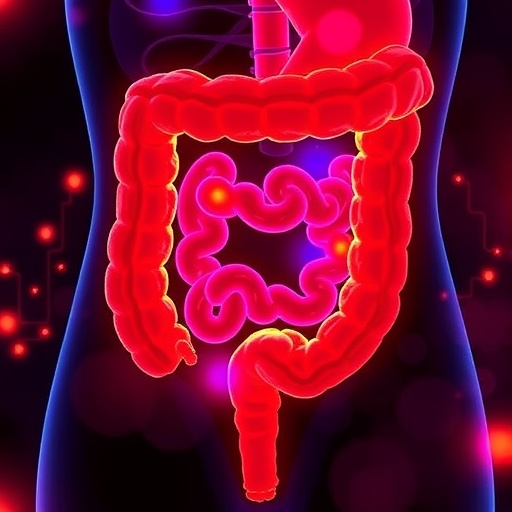BfR Communication No 019/2019 of 27 May 2019
Minimal residues of glyphosate were measured in various hygiene products made of cotton in 2015 and 2016. The BfR assessed these findings at the time and concluded that the measured levels did not pose a health risk to consumers. This risk estimation was made under “worst case conditions”, i.e. on the assumption that the substance is absorbed to 100% from the tampons.
The levels of glyphosate and its metabolite aminomethylphosphonic acid (AMPA) in feminine hygiene products including tampons were also the subject of laboratory tests at other research institutions. These included the French Agency for Food, Environmental and Occupational Health & Safety (ANSES), the Swiss Food Safety and Veterinary Office (FSVO) and the Swedish Chemicals Agency KEMI, among others. In none of the tampon samples did scientists detect levels of glyphosate or AMPA above the respectively achievable limit of de-tection.
In 2015, the BfR dealt for the first time with the issue of possible glyphosate residues in hygiene articles made of cotton. The reason for this was media reports on the results of a preliminary study conducted by the National University of La Plata (Argentina). The sole information source was a YouTube recording of a presentation by Dr. Damian Marino at a media congress in Argentina. The results could not be verified by the BfR at that time. According to the latest information from the CORRECTIV [1] research centre, there has been no scientific publication of this data up to now. The following examinations arrived at the same result:
In 2016, the Bavarian Health and Food Safety Authority (LGL) provided the BfR with test results on levels of glyphosate and its metabolite aminomethylphosphonic acid (AMPA) in hygiene articles made of cotton. A total of 25 samples were examined, including five tampon samples. Neither glyphosate nor AMPA could be detected in the tampon samples. The limit of detection for both substances was 10 μg per kg cotton.
In 2016, German TV broadcaster ZDF commissioned the examination of a total of 31 samples of hygiene articles including eight tampon samples [2]. Neither glyphosate nor AMPA were detected in the tampon samples. The limit of detection was 10 μg/kg.
The Swiss Food Safety and Veterinary Office (FSVO) examined a total of 16 samples of fem-inine hygiene products in 2016, including eight tampon samples [3]. Neither glyphosate nor AMPA were detected in any of the samples. The limit of detection was 10 μg/kg.
The French Agency for Food, Environmental and Occupational Health & Safety (ANSES) examined various feminine hygiene products in 2016, including tampons [4]. No information on the scope of the samples or limits of detection was published in this study. Glyphosate and AMPA were not detected in the tampon samples.
The Swedish Chemicals Agency KEMI examined a total of 35 different feminine hygiene products over the last two years, including ten tampon samples [5]. Neither glyphosate nor AMPA were detected in any of the samples. The limit of detection (reporting limit) was 100 μg/kg.
###
More information on the topic of glyphosate at the BfR website A-Z Index on the topic of glyphosate (opinions, press releases, FAQ and more)
https:/
References
[1]
https:/
[2]
https:/
[3]
https:/
[4]
https:/
[5]
https:/
About the BfR
The German Federal Institute for Risk Assessment (BfR) is a scientifically independent insti-tution within the portfolio of the Federal Ministry of Food and Agriculture (BMEL) in Germany.
It advises the Federal Government and Federal Laender on questions of food, chemical and product safety. The BfR conducts its own research on topics that are closely linked to its as-sessment tasks.
This text version is a translation of the original German text which is the only legally binding version.
Media Contact
Suzan Fiack
[email protected]
https:/




